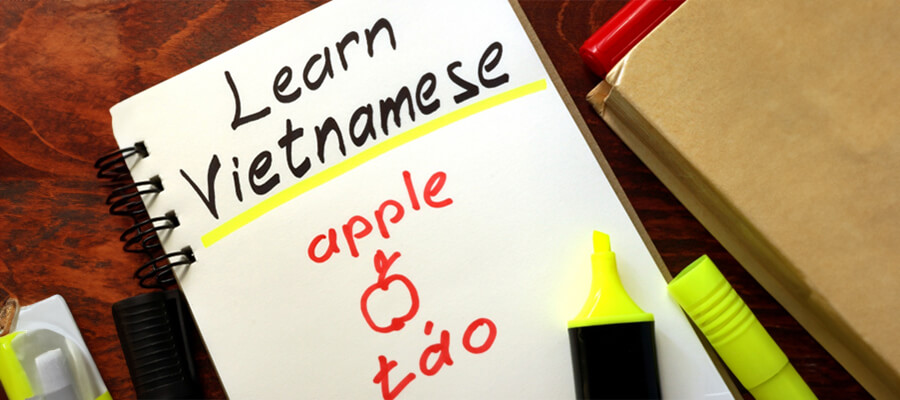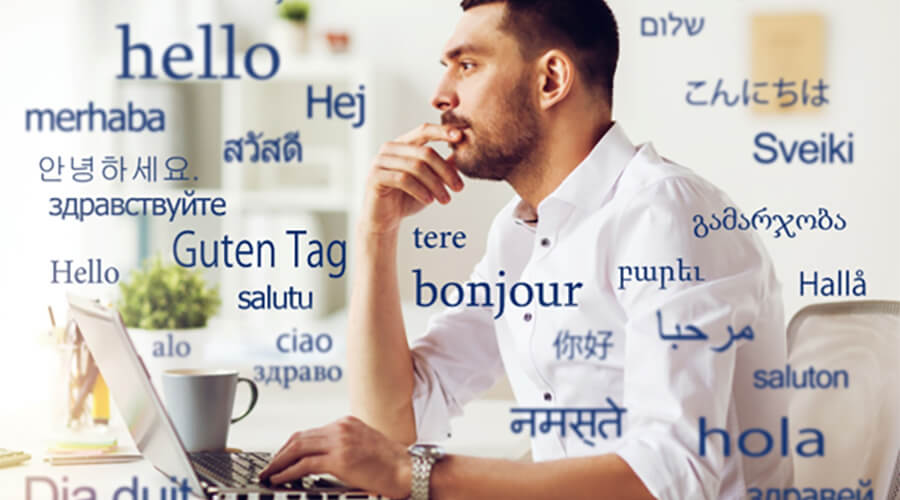The Basics of Learning Vietnamese:
7 Tips and Advice
See also: Lifelong Learning
Embarking on the journey to learn Vietnamese can be an enriching experience, opening doors to a vibrant culture and deepening connections with its people. While it’s natural to feel daunted by a new language, mastering Vietnamese is achievable with the right approach and mindset.
Whether you’re a beginner or seeking to improve your skills, here are seven essential tips and advice to guide you.
Start with the Basics
Before probing into complex grammar rules or intricate vocabulary, familiarise yourself with the fundamental building blocks of the Vietnamese language, as taught at a reputable school such as Viet Noi Language School. Learn the alphabet, understand its pronunciation nuances, and grasp basic greetings and expressions.
Learn the Vietnamese alphabet: Known as chữ Quốc ngữ, the alphabet uses the Latin script complemented by accent marks and some additional modified letters. Mastering the 29 letters and their pronunciations is the first step. Pay close attention to the accent marks as they indicate tones.
Understand the tone system: Vietnamese has six tones in the Northern dialect and five in the Southern one. Tones differentiate between words and can convey vastly different meanings for the same sound. Mimic audio recordings and native speakers to start training your ear and voice to recognise and reproduce tones accurately.
Master basic greetings and introductions: Learn the Vietnamese expressions for common introductions and conversational greetings like ‘Hello,’ ‘How are you?’ ‘What’s your name?’ and ‘Nice to meet you.’ Simple phrases like these build a foundation for further learning.
Study question words: Words like ‘who,’ ‘what,’ ‘where,’ ‘when,’ ‘why,’ and ‘how’ in Vietnamese allow for forming questions, a vital skill for conversations. As with grammar, start with the most common and add more complex question forms over time.

Dive Deeply into The Language
One of the most effective methods for learning Vietnamese is immersing yourself in its linguistic environment. Surround yourself with Vietnamese media, such as radio, movies, music, and TV shows. Reading children’s books, websites, and simple articles provides low-pressure practice. Adjust your phone, media, and other device settings to Vietnamese.
Watch Vietnamese films with English subtitles. As you progress, switch to Vietnamese subtitles. Pay attention to the pronunciation and tone marks of actors. If you encounter unfamiliar words, note them and look up their definitions and pronunciations later to expand your vocabulary.
Additionally, consider finding a language partner or joining a language exchange program to exercise speaking with native speakers regularly. Interacting with Vietnamese speakers allows you to apply what you’ve learned in a natural dialogue. Don’t be shy about making mistakes—that’s part of the learning process!
While conversation may be the priority, reading and writing practice are also essential for reinforcement. Immerse yourself in the language by reading simple books, children’s stories, news headlines, and website articles. Handwriting vocabulary flashcards aids memorisation. Keeping a daily journal in Vietnamese will let you apply what you’ve learned. Online tutors can also review your writing and provide feedback.
Practice Regularly
Consistency is key when learning any new language, including Vietnamese. Set aside dedicated time daily to practice reading, writing, speaking, and listening.
To ensure daily practice time:
Begin by labelling household items in Vietnamese using sticky notes.
Label items you frequently use, such as table, chair, refrigerator, lamp, bed, glass, spoon, and fork.
Practice saying the corresponding Vietnamese word whenever you use one of these items.
Furthermore, use language learning apps, flashcards, or textbooks to reinforce your vocabulary and grammar comprehension. Regular practice strengthens retention and gradually allows you to gain mastery of the foreign language.
Focus on Pronunciation
Vietnamese pronunciation can be challenging for beginners due to its tonal nature and distinct sounds. Pay close attention to tones, as they can completely change the meaning of a word. Practice speaking aloud, mimicking native speakers, and recording yourself to identify areas for improvement. Don’t be discouraged by initial difficulties; with perseverance, your pronunciation will improve over time.
Use Resources Wisely
Take advantage of a variety of resources available to aid your learning journey. Online platforms, such as Vietnamese language courses or YouTube tutorials, offer structured lessons and valuable insights into grammar and vocabulary. Additionally, consider investing in textbooks, phrasebooks, or audiobooks to supplement your learning. Select resources that match your learning style and goals.
Seek Feedback and Correction
Constructive feedback is invaluable in language learning. Engage with native speakers or experienced learners to receive guidance on your pronunciation, grammar, and usage. Participate in language forums or communities where you can inquire, exchange experiences, and obtain assistance from other learners. Embrace corrections as opportunities for growth and refinement.

Immerse Yourself in The Culture
Language and culture are intertwined, so immerse yourself in the cultural context of Vietnam to deepen your understanding of the language. Explore Vietnamese customs, traditions, and history to gain insight into the nuances of communication. Attend cultural events, try traditional cuisine, and engage with locals to appreciate the rich tapestry of Vietnamese society. Understanding cultural context enhances your proficiency and fosters cultural appreciation.
Finally, consider planning a vacation to Vietnam for a few weeks, enrolling in a six-month or one-year study abroad program, or joining a language study trip. While in Vietnam, strive to minimise using your native language as much as possible and converse only in Vietnamese. Observe how locals pronounce words and pay attention to their intonation and rhythm, as well as their body language and facial expressions. Mimicking their gestures and expressions can enhance your communication skills and help you convey meaning more effectively in Vietnamese.
The Bottom Line
Learning Vietnamese is a rewarding endeavour that requires dedication, patience, and an open mind. By starting with the basics, engaging yourself in the language, practising regularly, focusing on pronunciation, utilising resources wisely, seeking feedback, and engaging in cultural context, you can progress steadily on your language learning journey. Mastery takes time, so stay committed and enjoy the discovery process. With perseverance and determination, you’ll soon find yourself proficient in the beautiful Vietnamese language.
So, whether you’re preparing for a trip to Vietnam, connecting with Vietnamese-speaking friends and family, or simply taking on a new linguistic challenge, embrace the journey ahead with enthusiasm and determination. Happy learning!
About the Author
Sophie Nguyen is a language learning enthusiast with a focus on Vietnamese. With a passion for exploring new languages, Sophie specializes in providing tips and advice for beginners looking to learn Vietnamese. Outside of her language studies, she enjoys immersing herself in Vietnamese culture, attending language exchange meetups, and volunteering for initiatives that promote cultural exchange and language learning.
